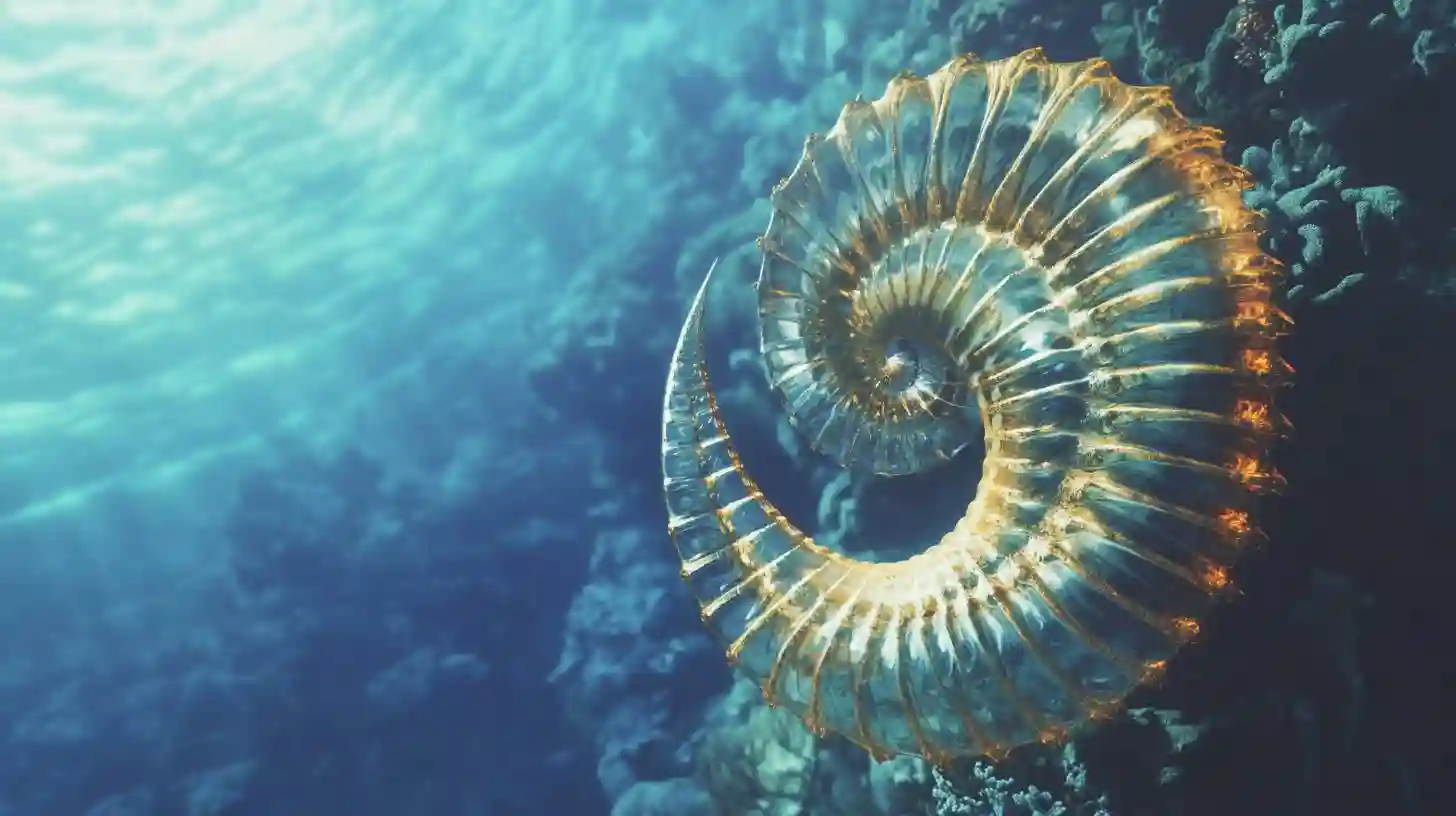
The diving movement has a rich history that reflects changes in culture, technology, and societal norms over the centuries. Emerging from the confluence of recreation, sport, and artistic expression, diving's evolution reveals fascinating insights into human creativity and our relationship with water. In ancient times, various cultures practiced forms of diving for both utilitarian and leisure purposes. The Greeks and Romans revered aquatic skills, often depicting them in art and literature. Early dives were performed primarily for retrieving objects, gathering food, or engaging in water games that showcased physical prowess. While these activities were often informal, they laid the foundation for the organized sport of diving that would later emerge.
As the centuries progressed, the Renaissance brought about renewed interest in physical culture and personal fitness. This period saw significant advancements in artistic representations of diving, which began to illuminate the grace and precision of the human form in motion. Competitive diving started gaining traction among the nobility, leading to more formalized practices. By the time the modern era approached, diving had transitioned from an activity of necessity to an affair of skill and artistry.
The establishment of competitive diving as a sport can be traced back to the late nineteenth century when swimming became organized within formal institutions. With the founding of the first swimming organizations and competitions in Europe, diving began to take on a more structured format. Events featured prominently in swimming competitions, showcasing both diving skills and precision. The practice evolved significantly during this period, with athletes developing a range of dives that focused on both complexity and aesthetic appeal. The art of diving increasingly became a spectacle, drawing large crowds eager to witness daring feats performed with elegance and artistry.
The introduction of diving into the Olympic Games marked a critical milestone for the sport. The first modern Olympics included diving as an event, legitimizing it within the realm of competitive athletics. Athletes began to push the boundaries of what was physically possible, incorporating acrobatics and intricate maneuvers. The scores awarded for dives reflected the degree of difficulty as well as style, transforming diving into a meticulous blend of athleticism and artistry. This newfound emphasis on technical skill encouraged the refinement of training methods and the development of specialized coaching. As diving gained prominence on the world stage, countries began to invest in talent selection and training infrastructures, contributing to a rising standard of excellence globally.
While diving continued to gain popularity, the advent of the twentieth century heralded a host of innovations that would revolutionize the sport. Technological advancements bolstered safety measures and expanded the range of diving techniques available to practitioners. The pool structure emerged as a critical component of diving events, with the creation of springboards and platforms allowing divers to perform increasingly complex dives. As audiences became larger and more diverse, regulations and standards were established to ensure fair competition. The complexity of dives escalated, with divers combining twists, flips, and somersaults, captivating spectators and competitors alike.
The late twentieth century witnessed a shift in the perception of diving, as it began to be recognized not only as a sport but also as an art form. Artistic diving competitions began to emerge, blurring the lines between athletic performance and creative expression. Dive performances were choreographed to music, much like dancing, creating a captivating spectacle that entertained and dazzled audiences. This artistic approach showcased a diver’s ability to merge technical prowess with expressive movement, pushing the boundaries of traditional performance.
Moreover, the rise of media and broadcast coverage in the late twentieth and early twenty-first centuries reshaped the visibility of diving. Major events were televised, bringing the sport to a global audience and inspiring countless individuals to consider diving as a viable sport. The exposure stimulated growth in grassroots programs, encouraging participation at local, regional, and national levels. Athletes began to gain recognition globally, leading to increased sponsorship and support from various organizations.
As diving continues to evolve into the present era, it remains a dynamic sport that reflects broader societal changes. Divers today are not only athletes but also role models, engaging with communities to promote physical fitness and health. The infusion of technology, such as advanced training tools and analysis software, allows athletes to refine their techniques further. The visibility of the sport on social media platforms creates a community that shares not only achievements but also training methods, motivation, and a passion for diving.
Throughout its journey, diving has captivated hearts and minds, illustrating the essence of human endeavor. From its origins in necessity to its current status as a celebrated sport and art form, the development of diving exemplifies the relentless pursuit of beauty and excellence in movement. As divers continue to push boundaries and redefine possibilities, the sport’s rich history serves not only as a testament to its evolution but as a source of inspiration for future generations.